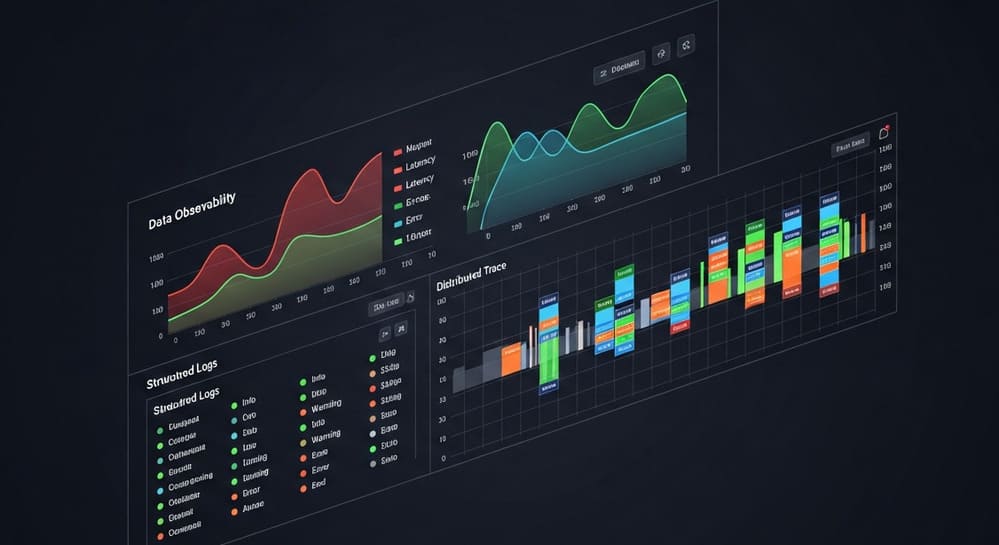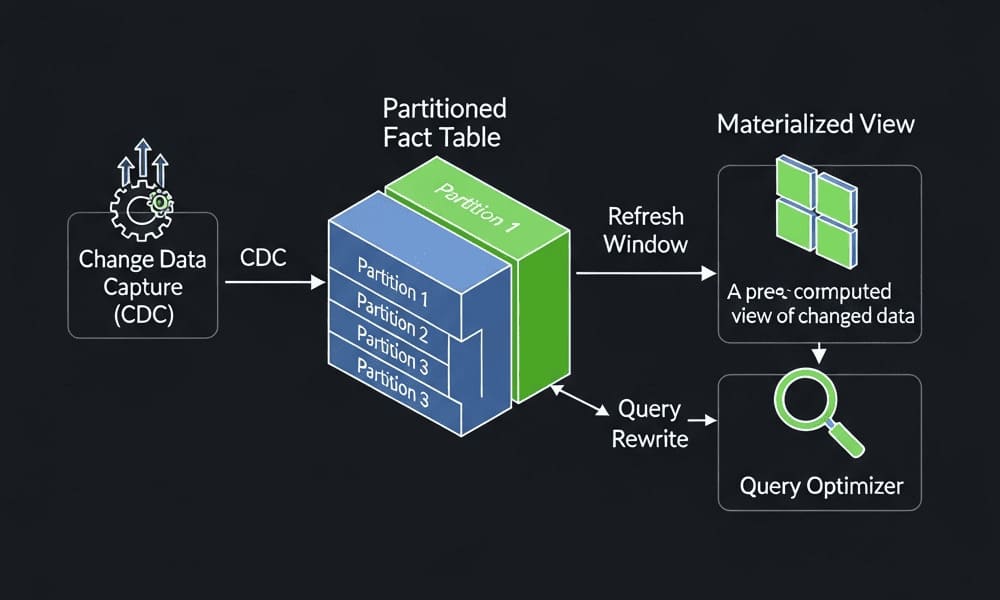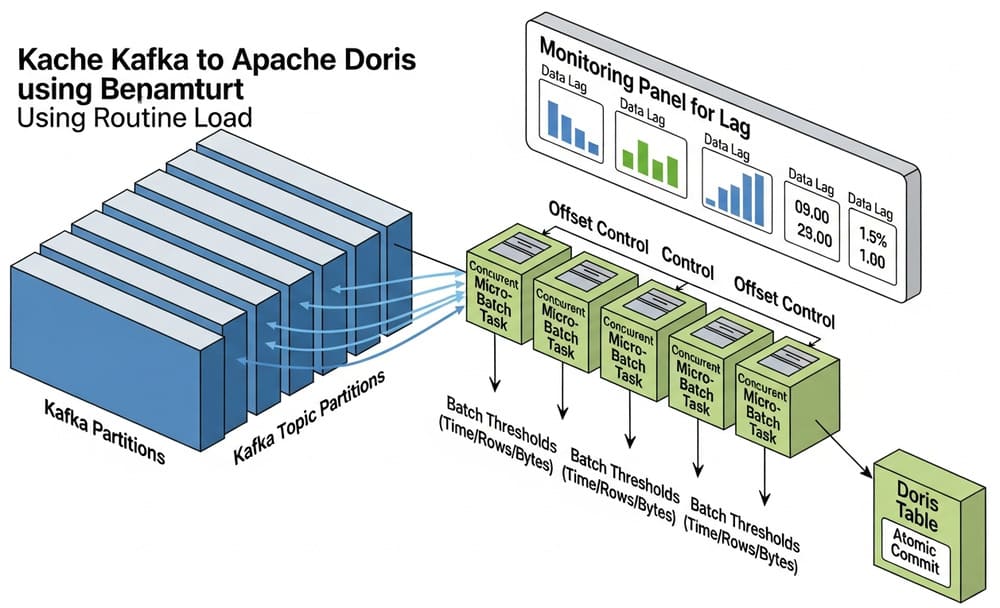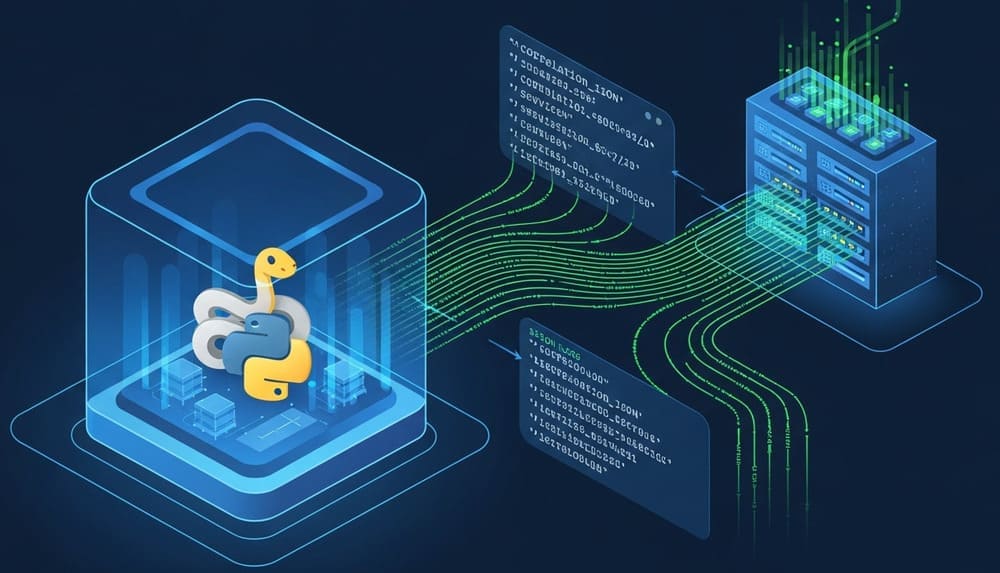Infrastructure as Code & Deployment: The Backbone of Modern Data Engineering
In today’s rapidly evolving data landscape, Infrastructure as Code (IaC) and efficient deployment pipelines have become essential components of successful data engineering practices. By treating infrastructure configuration as software code, organizations can automate provisioning, scale reliably, and ensure consistent environments across development, testing, and production.
What is Infrastructure as Code?
Infrastructure as Code is the practice of managing and provisioning computing infrastructure through machine-readable definition files rather than physical hardware configuration or interactive configuration tools. This approach enables engineers to codify infrastructure specifications, version them in source control, and automate deployment processes.
The key benefits of IaC include:
- Consistency and repeatability across environments
- Version control for infrastructure changes
- Automated testing of infrastructure configurations
- Reduced manual errors through automation
- Faster deployment cycles with reliable processes
- Documentation by default as code serves as living documentation
Essential IaC Tools for Data Engineers
Terraform: The Universal Orchestrator
Terraform by HashiCorp has emerged as the de facto standard for infrastructure provisioning across multiple cloud providers. Its declarative configuration language allows data engineers to define complex infrastructure setups with predictable outcomes.
resource "aws_s3_bucket" "data_lake" {
bucket = "enterprise-data-lake"
acl = "private"
tags = {
Environment = "Production"
Department = "Data Engineering"
}
}
Terraform’s state management capabilities enable team collaboration while preventing configuration drift, making it particularly valuable for data platform infrastructure that requires strict consistency.
CloudFormation & Provider-Specific Options
For teams deeply invested in specific cloud ecosystems, provider-native tools offer tight integration:
- AWS CloudFormation uses JSON or YAML templates to provision AWS resources with built-in dependency management
- Azure Resource Manager Templates provide Azure-specific resource modeling with rich template functions
- Google Cloud Deployment Manager leverages Python or Jinja2 for complex GCP deployments
Configuration Management Solutions
While provisioning tools create the infrastructure, configuration management tools prepare and maintain the operating environment:
- Ansible excels at agentless configuration through simple YAML playbooks, ideal for configuring data processing nodes
- Chef and Puppet offer powerful domain-specific languages for complex configuration requirements, with strong support for compliance management
Code-First Approaches with Pulumi
Pulumi represents the next evolution in IaC by allowing engineers to use familiar programming languages (Python, TypeScript, Go) instead of domain-specific languages:
import pulumi
import pulumi_aws as aws
# Create an AWS S3 bucket for data storage
data_bucket = aws.s3.Bucket("data-processing-bucket",
acl="private",
versioning=aws.s3.BucketVersioningArgs(
enabled=True,
))
# Export the bucket name
pulumi.export("bucket_name", data_bucket.id)
This approach enables data engineers to leverage software engineering best practices like unit testing, object-oriented design, and code reuse when defining infrastructure.
Continuous Integration & Delivery for Data Platforms
Modern data platforms require robust CI/CD pipelines to manage the frequent changes in both infrastructure and data processing workflows.
GitOps with Argo CD
Argo CD has revolutionized Kubernetes-based deployments by implementing GitOps principles, where Git repositories serve as the source of truth for declarative infrastructure and application definitions.
For data engineering teams managing data processing on Kubernetes, Argo CD provides:
- Automated synchronization between Git repositories and cluster state
- Drift detection and visualization
- Rollback capabilities for failed deployments
- Integration with Kubernetes-native tools like Tekton
Pipeline Orchestration Options
Depending on team requirements and existing toolchains, several CI/CD solutions offer strong support for data engineering workflows:
- Jenkins provides unmatched flexibility with thousands of plugins, though requires significant maintenance
- GitHub Actions offers seamless integration with code repositories and simplified workflow definitions
- GitLab CI/CD delivers an integrated DevOps platform with built-in container registry and security scanning
- CircleCI specializes in fast, parallel testing and deployment with minimal configuration
- Travis CI remains popular for open-source projects with public build status and simple configuration
Kubernetes-Native CI/CD with Tekton
Tekton represents a cloud-native approach to CI/CD designed specifically for Kubernetes environments:
apiVersion: tekton.dev/v1beta1
kind: Task
metadata:
name: data-transformation
spec:
params:
- name: input-bucket
type: string
- name: output-bucket
type: string
steps:
- name: transform
image: data-processing-image:latest
command:
- python
- /scripts/transform.py
- --input=$(params.input-bucket)
- --output=$(params.output-bucket)
This approach allows data pipelines to be defined as code, versioned, and executed consistently across environments.
Building an Integrated IaC & Deployment Strategy
Successful data engineering teams typically implement a layered approach to infrastructure and deployment:
- Foundation layer: Core networking, security, and compliance controls provisioned with Terraform or CloudFormation
- Platform layer: Data processing frameworks (Spark, Kafka, databases) deployed via Kubernetes manifests and Helm charts
- Application layer: Data transformation jobs and pipelines deployed through CI/CD automation
- Monitoring layer: Observability tools deployed alongside infrastructure to provide visibility
By applying software engineering principles to infrastructure and deployment, data engineers can focus more on data problems rather than infrastructure management.
Getting Started with IaC for Data Projects
For teams new to Infrastructure as Code, consider this incremental approach:
- Start with a single non-critical component (like a development data store)
- Document existing infrastructure through reverse engineering
- Implement version control and pull request processes
- Gradually expand automation to cover more components
- Integrate infrastructure testing into deployment pipelines
- Build self-service capabilities for data scientists and analysts
Conclusion
Infrastructure as Code and automated deployment have transformed how data engineering teams build and maintain data platforms. By embracing these practices, organizations can achieve greater reliability, faster iteration cycles, and more efficient resource utilization, ultimately delivering more value from their data assets.
The combination of powerful IaC tools with modern CI/CD pipelines creates a foundation for scalable, maintainable data infrastructure that can evolve alongside changing business requirements and technological advancements.
Keywords: Infrastructure as Code, IaC, Terraform, CloudFormation, Azure Resource Manager, Google Cloud Deployment Manager, Pulumi, Ansible, Chef, Puppet, CI/CD, Continuous Integration, Continuous Delivery, Argo CD, Jenkins, GitHub Actions, GitLab CI/CD, CircleCI, Travis CI, Tekton, Kubernetes, data engineering, automation, deployment pipelines, GitOps
#InfrastructureAsCode #IaC #DataEngineering #DevOps #CI/CD #CloudAutomation #Terraform #Ansible #GitOps #Kubernetes #DataOps #CloudInfrastructure #Automation





